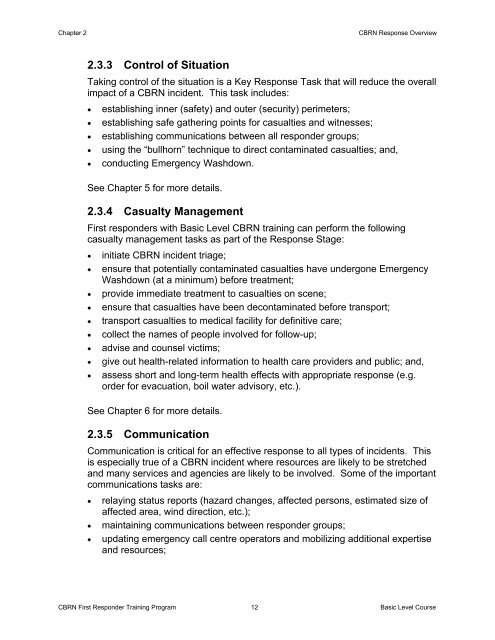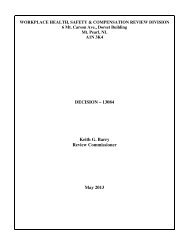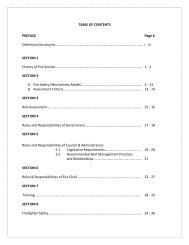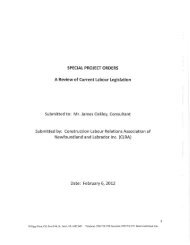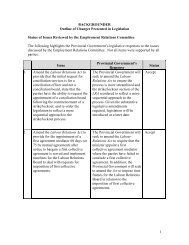Basic Level Pre-Course Reading
Basic Level Pre-Course Reading
Basic Level Pre-Course Reading
Create successful ePaper yourself
Turn your PDF publications into a flip-book with our unique Google optimized e-Paper software.
Chapter 2<br />
CBRN Response Overview<br />
2.3.3 Control of Situation<br />
Taking control of the situation is a Key Response Task that will reduce the overall<br />
impact of a CBRN incident. This task includes:<br />
• establishing inner (safety) and outer (security) perimeters;<br />
• establishing safe gathering points for casualties and witnesses;<br />
• establishing communications between all responder groups;<br />
• using the “bullhorn” technique to direct contaminated casualties; and,<br />
• conducting Emergency Washdown.<br />
See Chapter 5 for more details.<br />
2.3.4 Casualty Management<br />
First responders with <strong>Basic</strong> <strong>Level</strong> CBRN training can perform the following<br />
casualty management tasks as part of the Response Stage:<br />
• initiate CBRN incident triage;<br />
• ensure that potentially contaminated casualties have undergone Emergency<br />
Washdown (at a minimum) before treatment;<br />
• provide immediate treatment to casualties on scene;<br />
• ensure that casualties have been decontaminated before transport;<br />
• transport casualties to medical facility for definitive care;<br />
• collect the names of people involved for follow-up;<br />
• advise and counsel victims;<br />
• give out health-related information to health care providers and public; and,<br />
• assess short and long-term health effects with appropriate response (e.g.<br />
order for evacuation, boil water advisory, etc.).<br />
See Chapter 6 for more details.<br />
2.3.5 Communication<br />
Communication is critical for an effective response to all types of incidents. This<br />
is especially true of a CBRN incident where resources are likely to be stretched<br />
and many services and agencies are likely to be involved. Some of the important<br />
communications tasks are:<br />
• relaying status reports (hazard changes, affected persons, estimated size of<br />
affected area, wind direction, etc.);<br />
• maintaining communications between responder groups;<br />
• updating emergency call centre operators and mobilizing additional expertise<br />
and resources;<br />
CBRN First Responder Training Program 12 <strong>Basic</strong> <strong>Level</strong> <strong>Course</strong>


